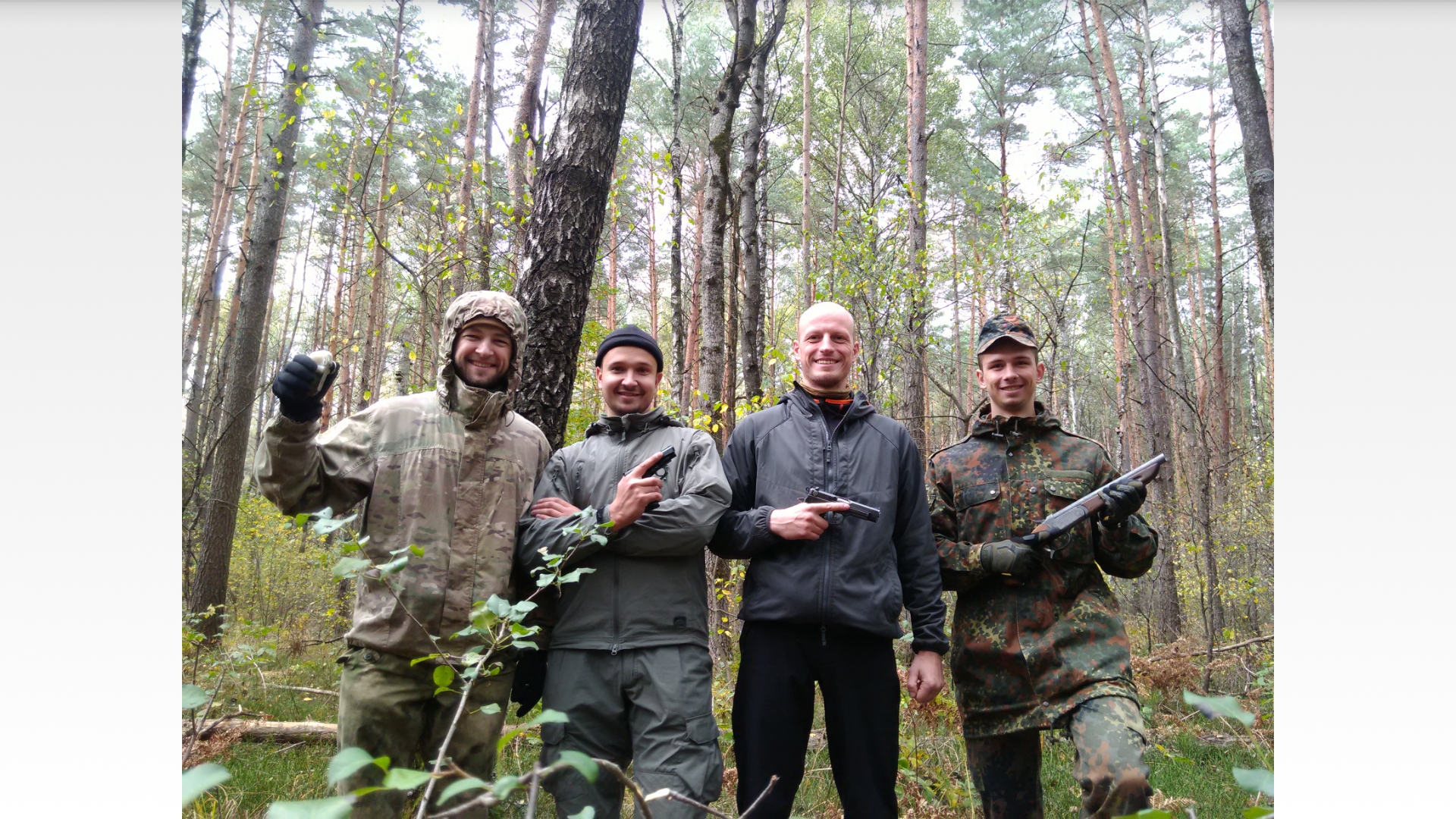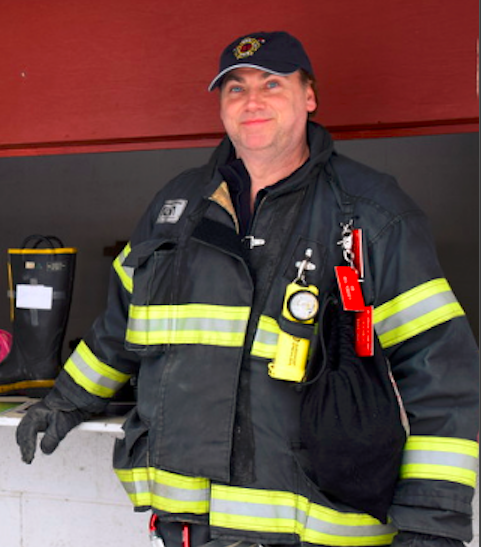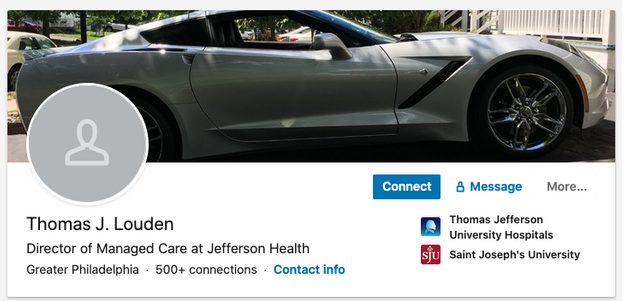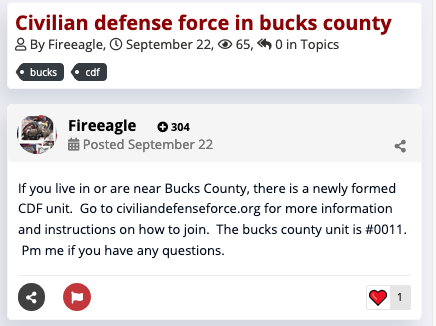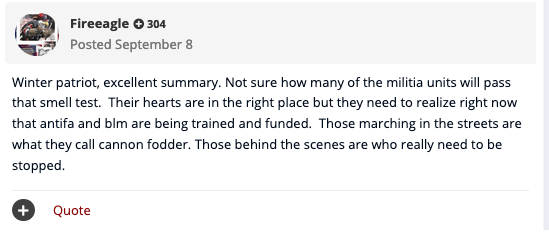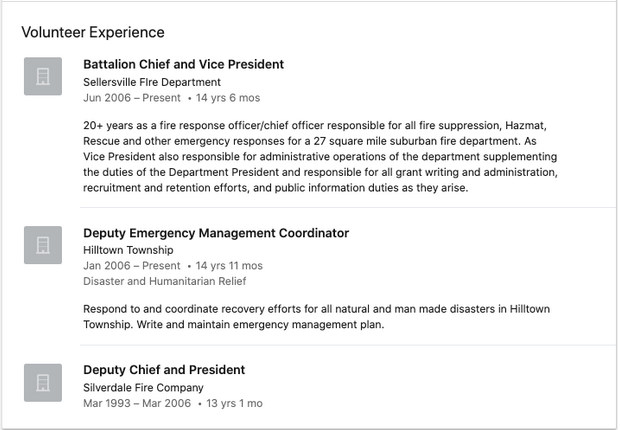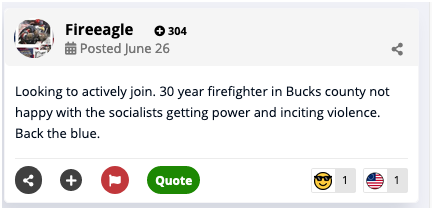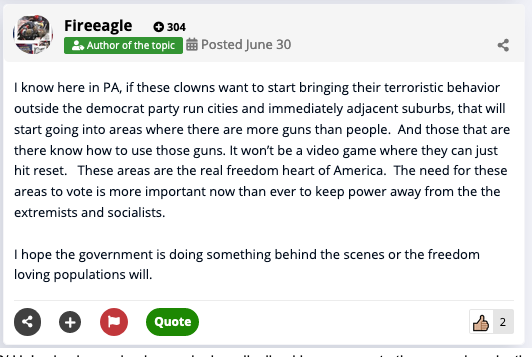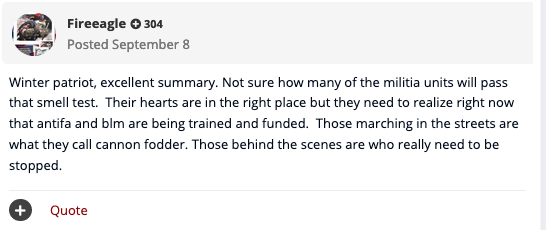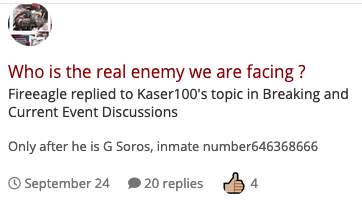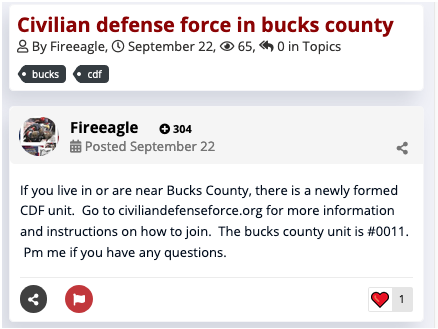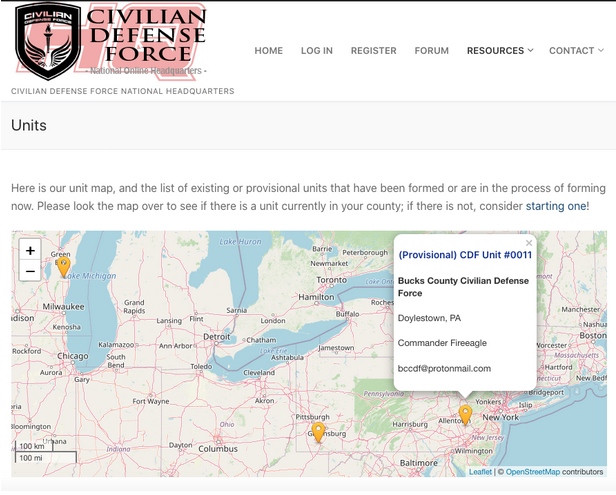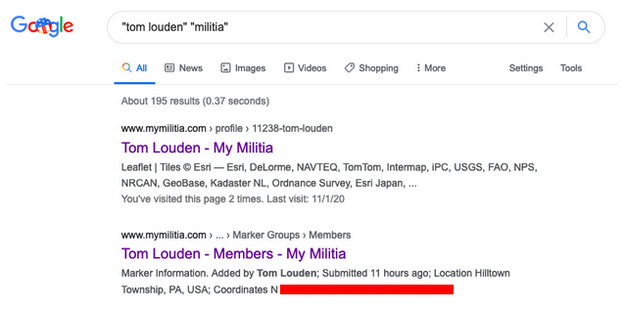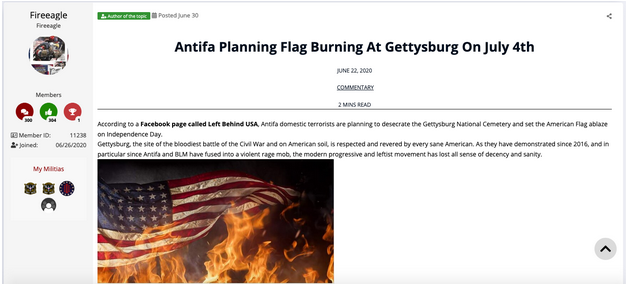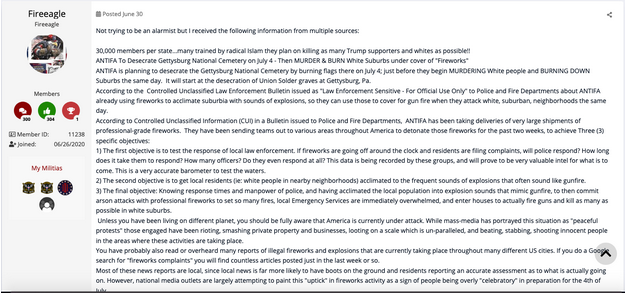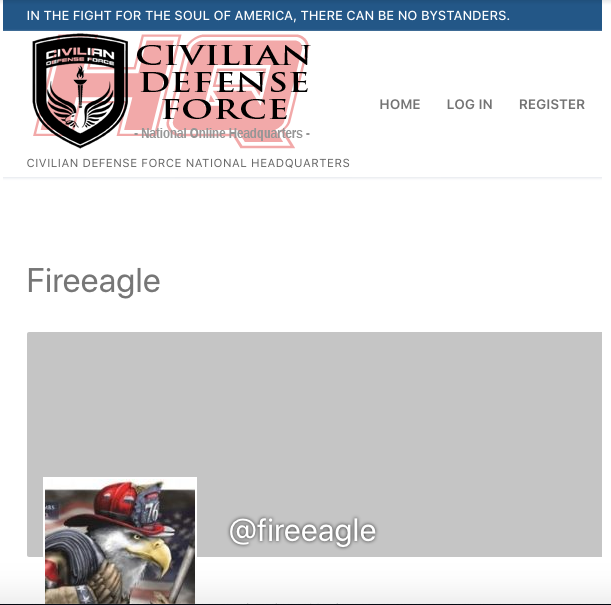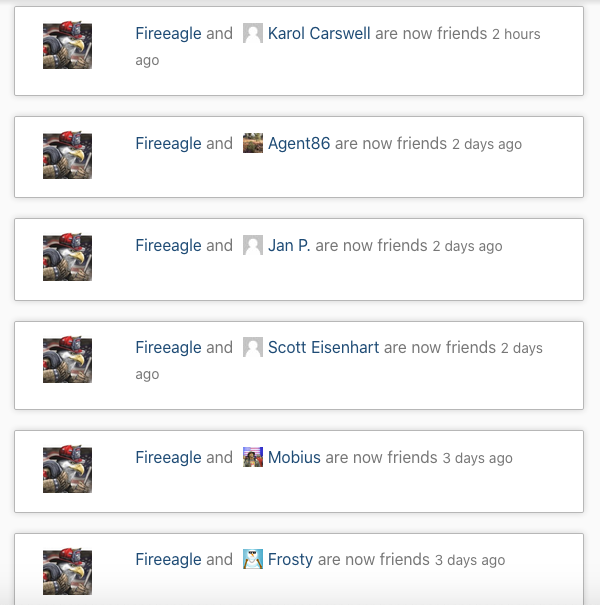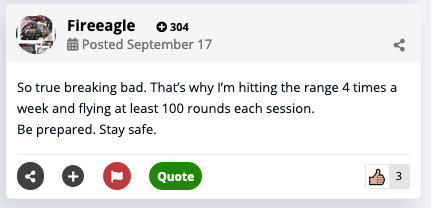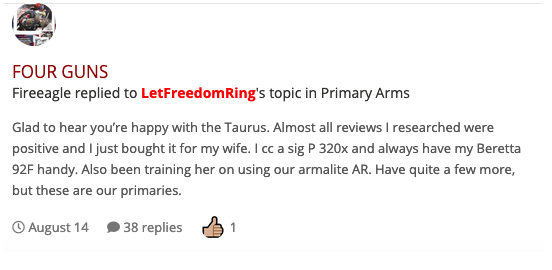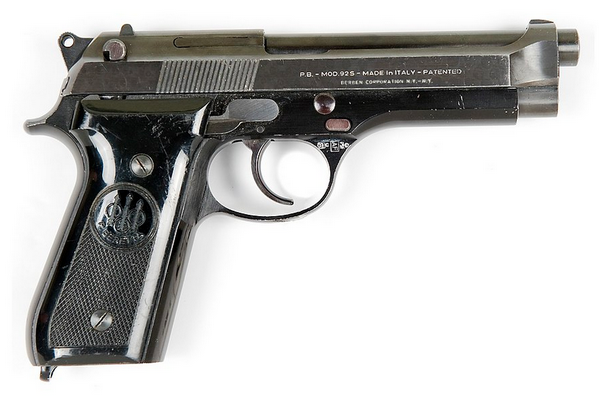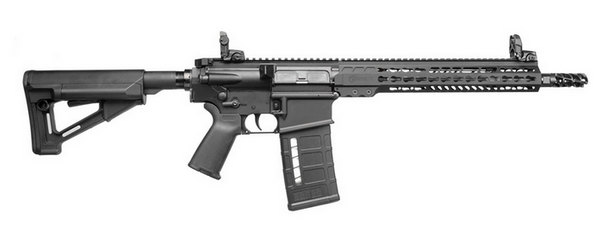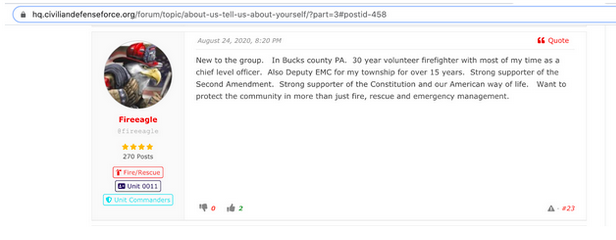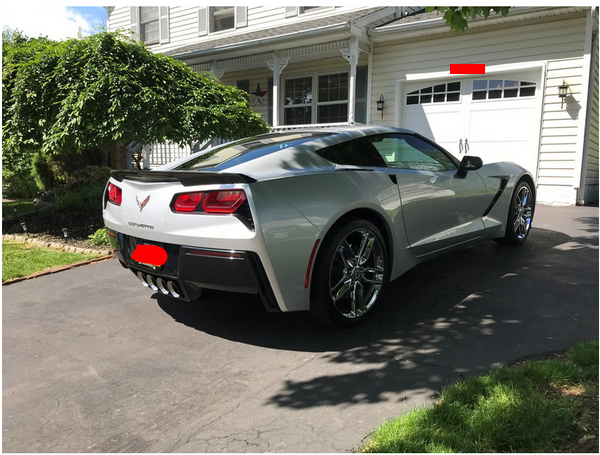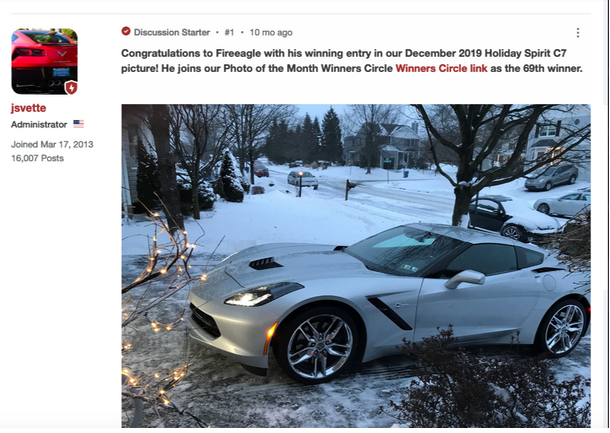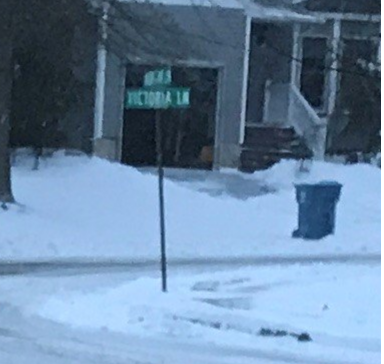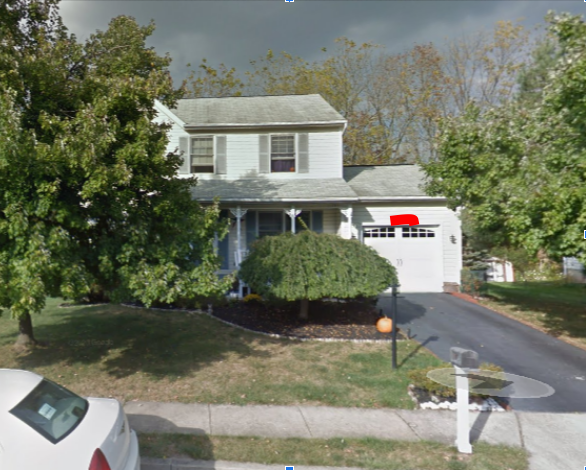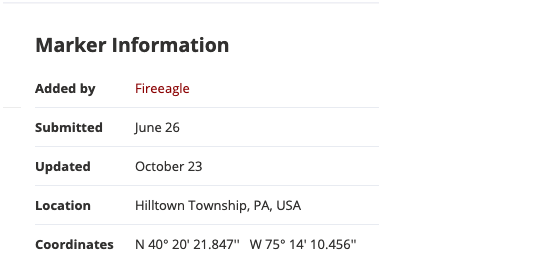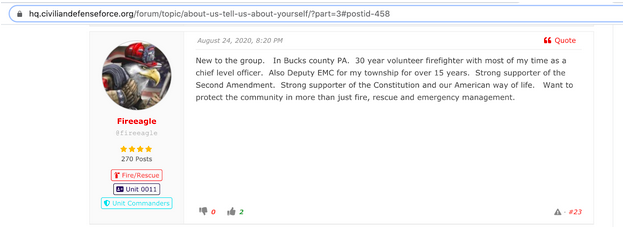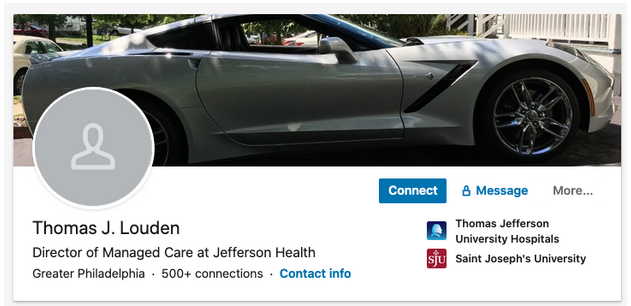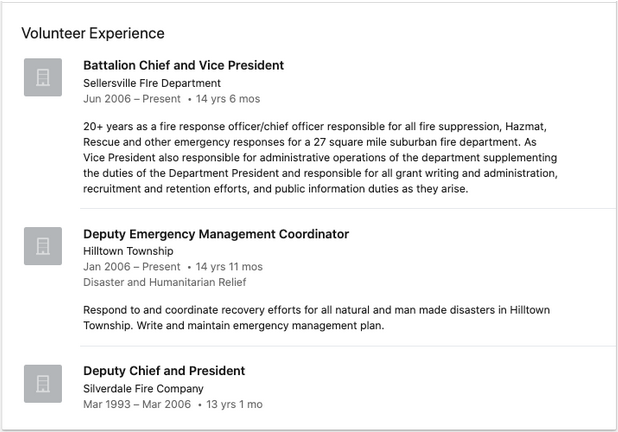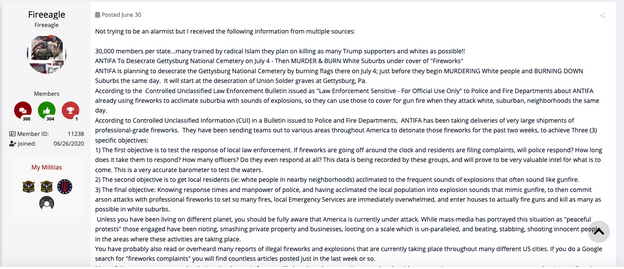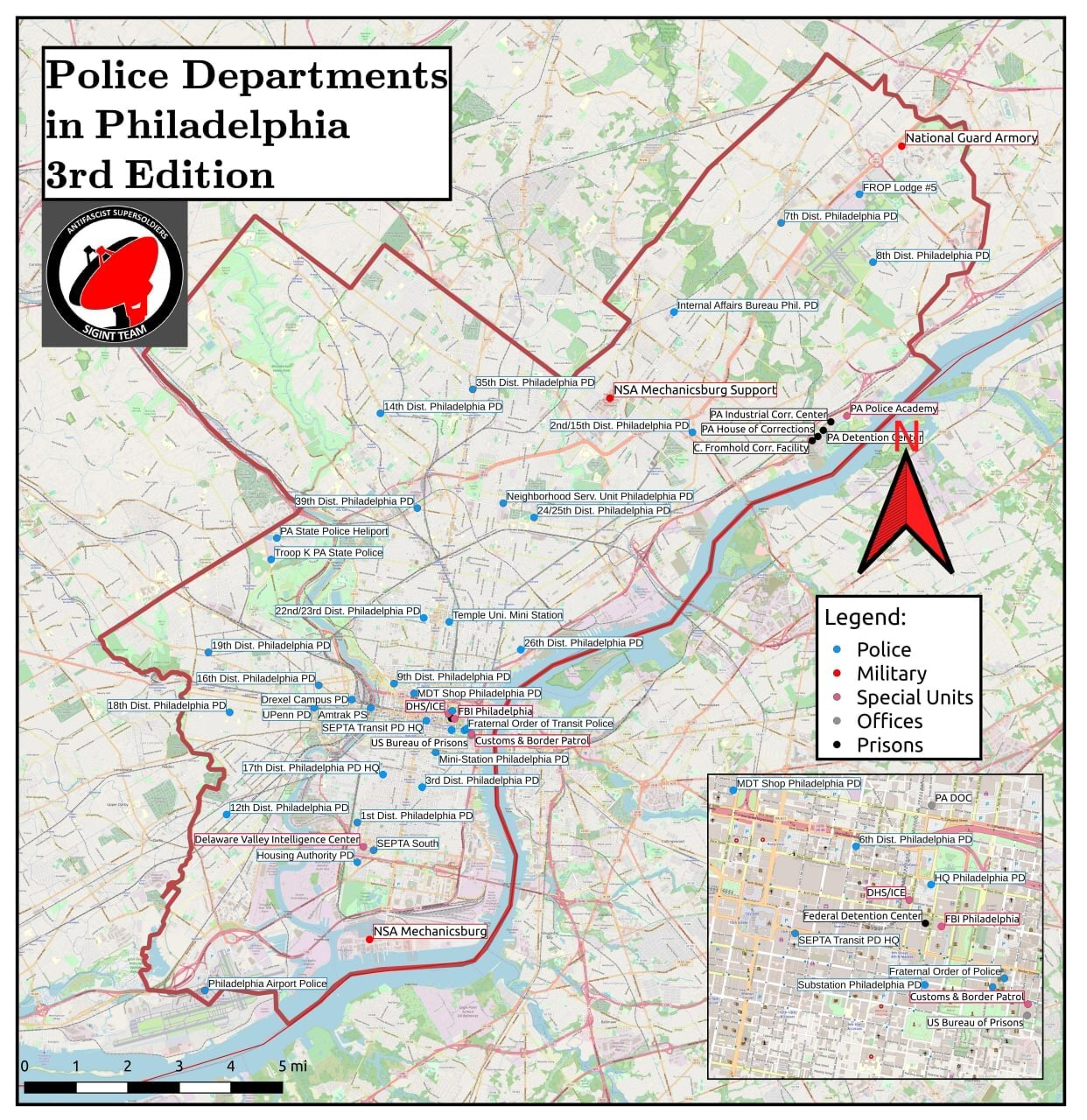from Rampant

George Ciccariello-Maher interviewed by brian bean
The recent rebellion in Philly against the police murder of Walter Wallace Jr. is rooted in struggles of the past and reflects the uprisings of the future.
This summer we took part in a rebellion across the country against racism and police brutality. Now, the nationwide scope of protest has diminished. However, since then we’ve seen more localized rebellions in Kenosha, and Chicago around the shooting of Latrell Allen, and around the release of the video in Rochester. Philly is the most recent. In that context, what’s going on with Philly?
The past weeks in Philly we have seen pretty significant rebellions around the police murder of Walter Wallace, about five blocks west of where I join you from. It’s important to understand that Philadelphia saw some of the most militant reactions nationwide to the killing of George Floyd. There was mass rebellion in Philadelphia that lasted several days and in June the National Guard was here.
This all takes place in the backdrop of a much longer shift in radical politics in the city, which goes back to around 2015, though it’s also bound up with much longer trajectory. We’re talking about a small group of organizers who were out there trying to raise hell around the police killing of Brandon Tate-Brown in late 2014 and 2015. As Ferguson and Baltimore were popping off we in Philly were struggling over this one particular case.
The militancy of those struggles, even if they were relatively small scale, really broke open the city, which has been a city of long-term resistance, a city in which Black struggles have been crucial, in which brutality and mass murder by the police, like in the case of the MOVE bombing, have been essential to understanding the political context.
In a way, Philly was primed to respond to the killing of George Floyd, and it did. I’ve never seen anything like what we saw in Philly on May 30th and into June. Not even during the Oscar Grant rebellions in Oakland—which was where I cut my teeth politically—did I see that scale of rebellion, looting, and mass resistance.
Now what’s happening today is interesting because it’s obviously more localized. We’re seeing a city and a population that’s really just had enough, that has a level of clarity around what the police do, that knows perfectly well that we don’t need to even entertain the lies about “Did he have a knife?” or that the police were just trying to do their job and keep people safe. We know that’s not true.
We know that police are trained cowards, who are taught from day one to put their life above anyone else’s life. This is why they shot and killed Walter Wallace. He was on a block full of people—neighbors, family members, none of them were trying to kill him because they didn’t think he was that big of a risk to their well-being. It was the police who decided to kill him, to fire fourteen shots.
We know that police are trained cowards.
You are seeing in the city that people just don’t buy the bullshit anymore, and they’re buying it less and less by the day. While the first night of protest we saw that the police were restrained by the police commissioner, who took a political beating back in June over the use of force, the use of teargas, rubber bullets, and extreme levels of brutality, they weren’t going be held back forever. They came back on the second night and really just beat the piss out of people for fun, because this is what the pigs do.
They thought they would get away with it like they always get away with it. But, as you probably have seen, there’s now a viral video of them smashing the windows out of a car, beating the passengers, and tearing a two-year-old child out of the arms of his mother. They then tried to take credit for rescuing him, saying that he was found wandering barefoot, which is an absolute lie. And then everyone saw the truth revealed, which is further confirmation of the embarrassment that the police represent, and that they are really just lying thugs who are out to protect themselves and no one else.
This, as a lot of other people have pointed out, is a deeply white supremacist and colonial idea that says: “The people that I’m brutalizing, I’m actually rescuing them. This baby whose windows I smashed out, who I stole away from his mother, I’m actually here to protect him.”
This is the veneer that policing has always had. No matter how bad the violence that is inflicted by the police on communities, they’re told they just need more police, and the police are really there to protect them. Policing is a form of psychological and physical abuse. And people really are just not buying it anymore.
What do you think has led to that level of clarity? I ask because in varying ways around the country, we’ve seen a shift towards people talking about defunding and even abolishing the police, seeing the institution as a problem in itself, not as something to reform. So in Philly, like you said, people have had enough and there’s this clarity. What do you think has led to that? Is it the ongoing organizing? Is it the national radicalization? Is it just people seeing it?
The first thing is that we live in a moment of global revolt and rebellion. This has been going on for well over a decade in the United States. I think the uprisings in Oakland in 2009 really helped kick things off, the Occupy movement followed just a couple years later, Black Lives Matter a couple years after that. You have this escalating spiral of struggles across the country, pin-balling around, and people are becoming more radical and they’re developing a better understanding of theory and seeing more of the way that theory plays out in practice.
They’re seeing that they have power in the streets, they’re seeing that struggles lead to actual change and transformation. This is all the context of what we now see occurring amid a devastating economic crisis and the continued impoverishment of not only poor communities of color, but also the indebtedness of students and the absence of a horizon of how to get out of this situation. This is the generation leading the George Floyd revolts, who are nineteen, twenty, twenty-one years old. They have grown up with nothing but Black death at the hands of police, economic crisis, no options, and no future. The fact that they are rebelling should not surprise us.
These spirals of struggle move across the country, radicalize here and there, and bring us up to the level that we’ve reached. You can see this in the words of Kandace Montgomery, an abolitionist organizer with the Black Visions Collective in Minneapolis who said: “In 2015 [when Jamar Clarke was killed] . . . we were clear about the problem. Now we are clear about the solution.” This is why you have this really astounding uniformity of calls to abolish, or at the very least defund, the police. These calls are not brand new—they’ve been emerging over the past few years, but the fact that this is what people are reaching for in this moment of struggle says a lot about the level of consciousness that’s developed over the past ten years.
We just had a national presidential election that offered a choice between an openly racist president and a more veiled racist vice president in Joe Biden, who campaigned on a law and order, shoot-them-in-the leg version of police reform. So those are the choices, and there’s rebellion in Philadelphia where there’s still a National Guard presence and where the Democratic mayor only just lifted a curfew. What does all this say about the current political situation and context both in Philly and nationally?
When Gramsci talks about a time of monsters, this is what he’s talking about. While I’m not even a Bernie stan, it’s clear that we could have had a Bernie. Instead, who do we get in the context of mass, nationwide anti-police rebellion? A segregationist and a cop. This was the Democratic ticket.
This is a time of monsters because it’s a moment in which we know which way history is pointing, but on some level that path is blocked. Now, while it’s blocked on the level of formal politics, it’s not blocked in the streets. In the streets, things are moving forward by leaps and bounds, and I think that’s precisely what matters.
These struggles will explode no matter who is in power. There are ways that having Trump in power sets off struggles by drawing more left-liberals into struggle and radicalizing them to play a crucial role in a growing coalition of resistance. But there are ways that when Obama was in power, for example, we had the eruption of Black Lives Matter because of the dashed hopes and the crushed expectations. Nothing is going to change under Joe Biden; nothing would really change under Donald Trump. So that collision with reality has a shocking and radicalizing effect on people who realize that there’s nothing left but the streets.
We know that in 2021, police murder is going to be the story, and we know that because it is an old story. If you look at the history of mass resistance in this country, that resistance is almost always driven by Black and brown people, almost always against the police, almost always sparked by police murder. Why? Because the police are founded on that great betrayal of the Black struggle by poor whites at the end of slavery, those who chose the Klan instead of multiracial equality. Instead of abolition-democracy, they opted for white terror.
So we should not be surprised that now, more than 150 years later, we’re looking at the same forces playing out in the same way, because these are historical questions that we haven’t yet dealt with.
You mentioned a continuity of organizing in Philly. What would you say about the connection between what’s going on currently and the struggle around MOVE? Of course, the MOVE house was about four blocks from the shooting of Walter Wallace.
The MOVE struggle and the struggle around Mumia, not to mention other struggles like the struggle for freedom for Russell Maroon Shoatz, are essential to understanding the political landscape in Philadelphia. They’ve provided it with a radical backbone that leans toward two opposing poles. One is a level of kind of mass fear. It was just in 1985 when the City of Philadelphia dropped a bomb on West Philly, killed scores of people, and burned down the city block. That’s not that long ago; everyone remembers it. Even when I moved to Philly a decade ago and started organizing, people were like, “Thank you for doing this, this is amazing. But you’re all gonna get yourselves killed.” That fear is deeply embedded in the psyche. At the same time the recognition of what the police in the city actually stand for is undeniable.
And so you have a situation that gives rise to a willingness to engage in mass resistance. There are lots of material dynamics that play into this: who’s in charge, how it’s played out, and the way that these struggles are able to coalesce. You can see an escalating spiral beginning with struggles around Brandon Tate-Brown, in which small groups of people were constantly in the streets, constantly confronting the police commissioner. Bear in mind that this was Charles Ramsey, Obama’s top cop, the person in charge of the twenty-first-century policing reform report, who advocated civilian oversight and transparency but wouldn’t even tell us who killed Brandon Tate-Brown, who wouldn’t even give us that basic level information, wouldn’t release the video until we fought in the streets to get that, and until we frankly embarrassed him.
These are the cycles, the spirals of struggle. Around the same time, we had a solidarity rally with the Baltimore rebellion. That was the biggest thing Philly had seen in a decade. Thousands of people showed up, took over the streets, blocked the highway, and fought the police. They realized that what’s happening in Baltimore was exactly the same thing, essentially it is Philly’s twin city, and so we see it happen here, we see it happen there.
There were Black cops in 1890 and it didn’t make a difference.
The years since have seen just a consistency to this struggle, not just for demands for a better way of living and for equality, but a struggle against this consistency of police brutality. Philly, we should bear in mind, is a place that had an integrated police force in the 1890s. Du Bois wrote about this. There were Black cops in 1890 and it didn’t make a difference. There was so-called community policing in the 1940s and 1950s, and it didn’t make a difference.
I feel the realization that radical change is necessary is deeply embedded in the psyche of the city of Philadelphia.
So one of the strategic orientations that came out of the past wave of Black Lives Matter organizing is electing progressive prosecutors. Philly has Larry Krasner, who I think is considered one of the best examples of that. What is Krasner doing in this current rebellion and how has he oriented himself?
Absolutely nothing. Dead silence. I think it’s not hard to figure out why Larry Krasner won’t say anything about this until after the election. And even then, I’m not sure what he will say. He’s been very willing in recent weeks to assume a radical anti-Trump stance and to say he’ll prosecute people who show up at the polls to intimidate voters, and that’s fine. But there’s been dead silence on Walter Wallace. I say this as someone who’s pretty balanced in the sense that I think it’s good thing that Larry Krasner is in the DA’s office. We’ve seen hundreds if not thousands of people not sitting in jail as a result of that election, and we’ve seen important experiments in diversion and other strategies for keeping people out of prison, for not arresting people for certain crimes, and for decriminalization. These things are hugely important.
On the material level of movements, it’s been crucially important that, for example, when Occupy ICE was happening, all the people who were arrested were released within two hours with only citations. This is materially important for our movements and has made a huge difference. So I don’t think it’s about denouncing the district attorney. Though Krasner is also someone who’s sending people to jail and who’s not taking a strong enough position when it comes to people like Mumia. What we need to be thinking about is how to operate in a context in which things are getting easier in a certain way, but when it comes to the George Floyd rebellions, for example, the district attorney’s office is insisting on drawing a hard line between protestors and looters and prosecuting looters and releasing protestors. This is a division that, especially if we care about class unity and the unity of this class struggle, we have to refuse 100 percent.
But I think the question is less do we like or dislike Larry Krasner than it is: what does his presence in the DA’s office mean for people? Moving forward we need to push to have all charges dropped from May and June, and there may be some leverage for that after the presidential election.
Looting in Philly and elsewhere, like in Chicago, has been a major, divisive political question in which liberals want to divide the “good protestors” from the “bad protestors”, and people want to say, “Oh, that’s not the protest.” We at Rampant have written about this quite a bit as far as the viability and necessity of defending looting as a political tactic. What do you think the left should say around this specific question and what’s at stake?
I think a lot is at stake. The first thing I’ll say is the same thing I would say around debates around property destruction and violence in general as a tactic. There are certain people who approach social movements on the assumption that if they don’t want these tactics and they win the argument about them they’ll go away.
The reality is people are going to loot. In moments of mass uprising people are going to take things. We are obligated to start from an understanding that that’s going to happen regardless. It’s not like we can make it go away. And yet there are those people who say, “Well, looting makes us look really bad.” Well no, once we start from the understanding that it’s inevitable, a force of nature, you realize that what makes you look bad is not looting. What makes it look bad is losing an argument about whether or not this is something that should happen.
What makes it look bad is when people within the movement are denouncing other people for looting. This is what makes us lose these debates. However, if people stood together and said, “You know what? We’re not going to criticize people who are engaged in certain tactics during these moments of mass uprising in which our concern is the murder of this Black man.” And at that point, the debate goes away. The media of course will still run with it, and they’ll try to discredit people and the movement, but it doesn’t have the same effect.
People are managing the narrative pretty well in the movements now where people are correctly pointing out that Walmart doesn’t belong to us, Best Buy doesn’t belong to us. These big box stores are part of an oppressive capitalist system, and we know that they are stealing from us and stealing people’s labor every day. We shouldn’t give a shit about whether or not they’re looted and could even say that the direct redistribution of goods from them is probably a good thing in this context, under a pandemic, when people are not working and can’t access those things.
The debate does get a little more complex on 52nd Street, two blocks away from here, where some small stores were looted. If you ask people on the block, you hear very different opinions. On one hand, that’s a neighborhood store, it’s owned by this or that person. On the other hand, people will say, “I don’t know who that person is. I know that they racially profile me when I go in there.” And people will ask if those resources are really being dedicated to the community? These are complicated debates.
But the idea that there’s a uniform response to those debates within poor communities of color is just not true. What needs to happen and what does happen are people negotiating these questions in the streets and within movements, when people, for example, try to alert people to locations that should be left alone.
You know, there was an Indigenous youth center in Minneapolis that got smashed up during the rebellions. That didn’t lead people to denounce the looters, but it did lead to them to say, “No, let’s not do this. We’ll have a fundraiser,” and the America Indian Movement engaged in community patrols to help keep an eye on people’s safety.
Dealing with these things within movements is possible and necessary. But the main danger of course—that’s being actively stoked by the police, by the state, and its spokespeople—is that it is used to divide the movement. This has been incredibly dangerous, and in some cases, very effective.
You talked about the radicalization and cycles of resistance moving in leaps and bounds, particularly now. What do you see as the next jump? What’s the way forward, and what do we have to do?
These struggles have been, as everyone knows, popping off everywhere. One of the defining features of the George Floyd rebellions was their contagious ability to spread to the point where we see statues of colonizers being torn down in England as a result. One thing that is undeniably true about the history of Black struggles against the police in the United States is that you don’t know what’s going to set it off. There are all these structural reasons why this was a tinderbox ready to explode. But you never know when the explosion’s going to happen.
It’s going to be an incredibly dangerous time as the old world dies.
We do know that the powder and the spark are even more available today. In January when Joe Biden is in office he’s not going to do a fucking thing to change this deep-seated reality. We know that the history of police reform is the history of reforming the image of the police, not what they actually do. And we know that there is no way to reform away the actual function of the police, which is a repressive, brutal function. That is inevitable, and under this system it’s going to continue.
This continuity is the backdrop to a situation in which people’s lives aren’t getting better, in which there’s a continuing pandemic, and the economic crisis is deepening. People are ready to go at the drop of a hat. We’re going to see an escalation of these struggles, and that’s a good thing.
We also know that the far right is going to be engaging in organized and sporadic violence. It’s going to be an incredibly dangerous time as the old world dies.


